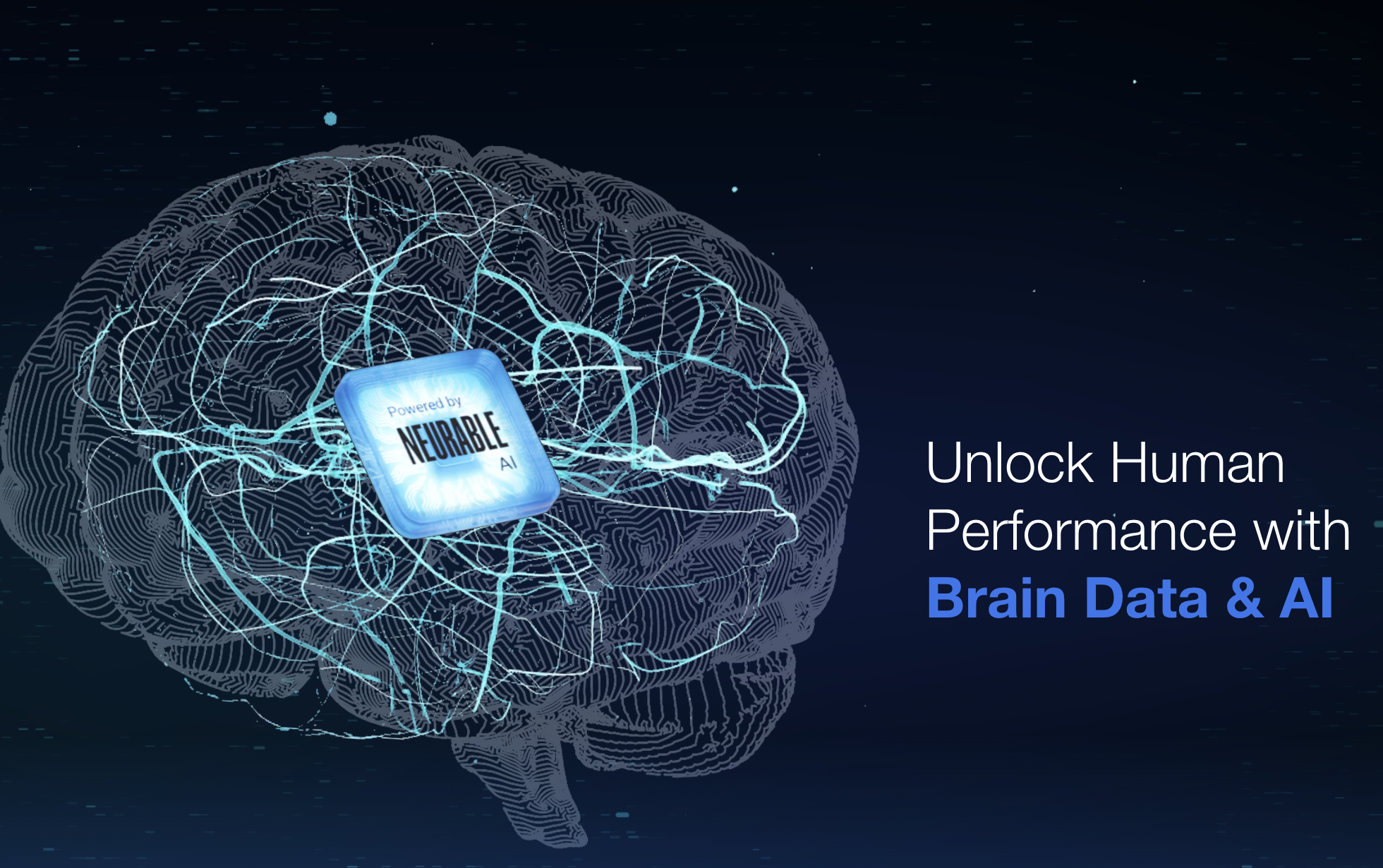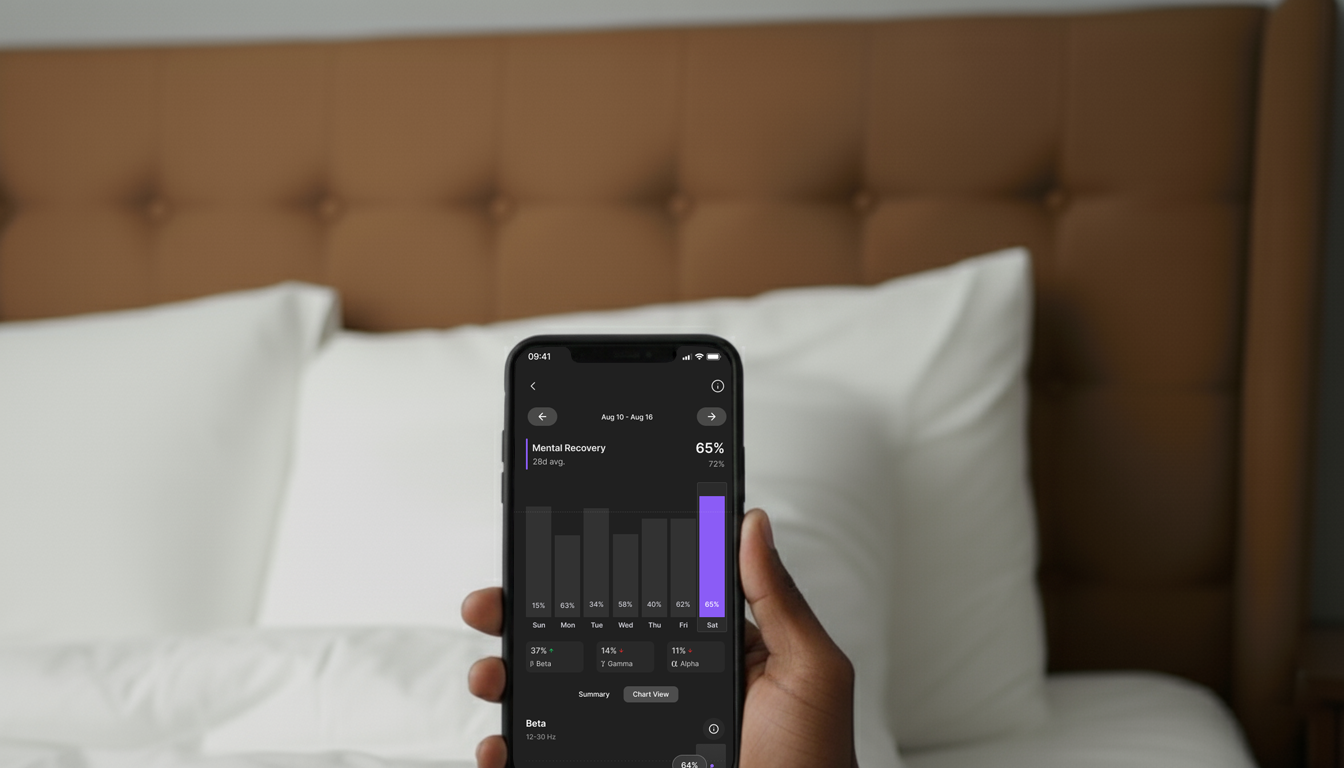- Remove the current class from the content27_link item as Webflows native current state will automatically be applied.
- To add interactions which automatically expand and collapse sections in the table of contents select the content27_h-trigger element, add an element trigger and select Mouse click (tap)
- For the 1st click select the custom animation Content 27 table of contents [Expand] and for the 2nd click select the custom animation Content 27 table of contents [Collapse].
- In the Trigger Settings, deselect all checkboxes other than Desktop and above. This disables the interaction on tablet and below to prevent bugs when scrolling.
Simple steps to focus when it seems like there’s nothing but distractions among us.
2020 has been a year.
From racial reckonings, a global pandemic, and civil unrest — and now election turmoil; this year has weighted our mind with heavy thoughts and tough conversations. It’s not uncommon for people to feel restless and burnt out.
We’ve created a science-backed guide of the top 5 things you can do to focus and find peace in the most stressful times.
Have a strategy that’s been working for you? Let us know.
Get up, get moving

Feeling in a rut? Get out of that chair— multiple scientific studies have shown that getting some activity can release those feel-good endorphins, as well as increase neuronal connections.
Log off, and go for a run, take a walk around the block, or our favorite suggestion — dance it out. By building a routine that includes regular exercise, you can help your brain by increasing blood flow and all those good endorphins!
Need a hand, catch our playlist of feel-good dance moves.
Catch some zzz’s

As much as it can be hard to do when your brain is running wild — catch some zzz’s. Studies have shown that your performance drops when you don’t get enough sleep.
Turn off your phone before bed, avoid doom scrolling, and make your bedroom a sanctuary in order to make sure you’re priming yourself for sleep.
Make time to play

While many of us were often told to put away our video games because they’d rot our brains, scientific results show the opposite. Research shows that video game players out performed non-video game players in studies related to perception and cognition. Some scientists argue that this is a case of causation vs. correlation, those who play video games may naturally be more used to how certain tests are run. Basically evidence is showing that video games don’t have have a negative impact on our brains.
Find a few friends, or make a few new ones — and start up a game! Whether you’re still growing gardens in Animal Crossing, or rather figuring out whodunnit in a game of Among Us, play is fun and social, and turns out, it doesn’t rot your brain after all.
Looking for a new game? Team Neurable has been obsessed with Among Us lately!
Go forth and create!

Feeling at a standstill? Take time to be creative. In a study conducted in 2014, research demonstrated positive effects of producing visual art. Members who created visual art on a regular basis not only experienced higher functional brain connectivity, but also demonstrated higher psychological resilience (i.e. stress resilience).
Whether you’re opening up the sketchbook, crocheting a winter hat, or simply doodling on notebook paper — taking time to flex your creative muscle has positive effects on it all.
We’re digging the art classes provided by MOMA during the pandemic.
Cuddle with your pet

We all know that animals are the best source of happiness and comfort. Human-animal interactions have shown to decrease levels of stress and lower blood pressure. This isn’t limited to dogs and cats- all pets can significantly help a person’s wellbeing and behavior. So basically we are not-not telling you to get a pet (even if you already have one and want another).
2 Distraction Stroop Tasks experiment: The Stroop Effect (also known as cognitive interference) is a psychological phenomenon describing the difficulty people have naming a color when it's used to spell the name of a different color. During each trial of this experiment, we flashed the words “Red” or “Yellow” on a screen. Participants were asked to respond to the color of the words and ignore their meaning by pressing four keys on the keyboard –– “D”, “F”, “J”, and “K,” -- which were mapped to “Red,” “Green,” “Blue,” and “Yellow” colors, respectively. Trials in the Stroop task were categorized into congruent, when the text content matched the text color (e.g. Red), and incongruent, when the text content did not match the text color (e.g., Red). The incongruent case was counter-intuitive and more difficult. We expected to see lower accuracy, higher response times, and a drop in Alpha band power in incongruent trials. To mimic the chaotic distraction environment of in-person office life, we added an additional layer of complexity by floating the words on different visual backgrounds (a calm river, a roller coaster, a calm beach, and a busy marketplace). Both the behavioral and neural data we collected showed consistently different results in incongruent tasks, such as longer reaction times and lower Alpha waves, particularly when the words appeared on top of the marketplace background, the most distracting scene.
Interruption by Notification: It’s widely known that push notifications decrease focus level. In our three Interruption by Notification experiments, participants performed the Stroop Tasks, above, with and without push notifications, which consisted of a sound played at random time followed by a prompt to complete an activity. Our behavioral analysis and focus metrics showed that, on average, participants presented slower reaction times and were less accurate during blocks of time with distractions compared to those without them.




